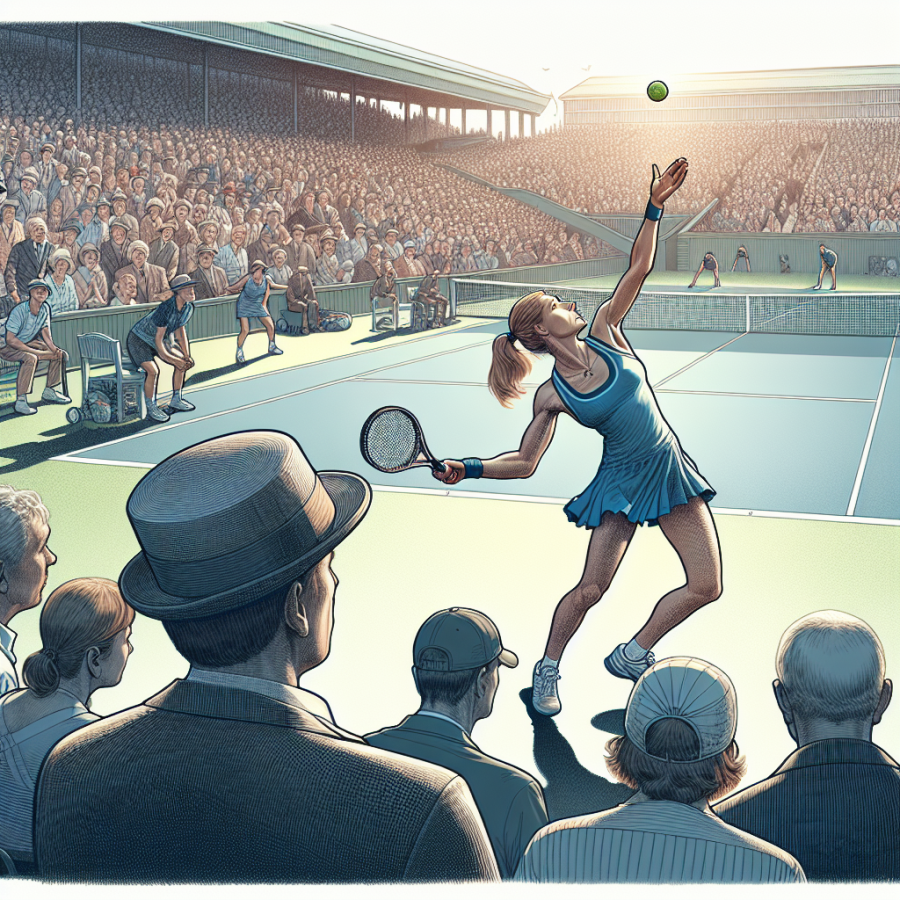Identifying Momentum Shifts: The Key to Turning the Tide in Tennis
Read also:
Securing Soccer Shin Guards: A Step-by-Step Guide
Capitalizing on Crucial Junctures: Strategies for Dominance at Critical Phases
In the nuanced game of tennis, critical phases—often referred to as 'breaking points'—serve as turning points that can alter the entire outcome of a match. Recognizing and exploiting these crucial junctures require strategic insight, mental fortitude, and a honed skill set that differentiates good players from the greats.
One such pivotal moment is the 'pressure point', typically experienced at the tail end of tight sets. Whether it's 4-4 or deuce, the players who thrive are those who can escalate their performance under pressure. The key is to play high-percentage tennis. This means favoring consistent serves, avoiding unforced errors, and placing the ball strategically to force an opponent into a difficult position. By implementing a 'margin for error' approach, players can maintain aggressive play without overreaching and committing costly mistakes.
Another critical phase occurs immediately following the loss of a service game. The ability to rebound from a break of serve can dishearten an opponent who might have expected a mental lapse from their adversary. Here, channeling focus and using positive body language to project confidence can unnerve an opponent. A swift hold in the next game can quickly restore equilibrium to the match and shift the momentum.
Thirdly, the moments after winning a first set are quintessential in seizing control of a match. Far too often, players relax after pocketing the first set only to find themselves on the back foot in the second. Savvy competitors capitalize on their lead by maintaining intensity and aiming to break serve early in the subsequent set. Starting strong creates a psychological edge that can wear down an opponent's resolve.
In managing a tiebreak, which is essentially a mini-match within the broader contest, calculated risk-taking is essential. Players should aim to win points on their serve while looking for just one or two opportunities to attack on the return. Knowing when to play defensively versus when to go on the offensive is crucial, and often the players with the most robust mental game come out on top in these nail-biting exchanges.
Successful navigation of these critical phases often requires physical endurance and tactical flexibility. The best players adapt their game plans in response to the flow of the match and the unique pressure each moment presents. They understand that tennis is a game of small margins and that dominance at these junctures can accumulate to produce a decisive victory.




